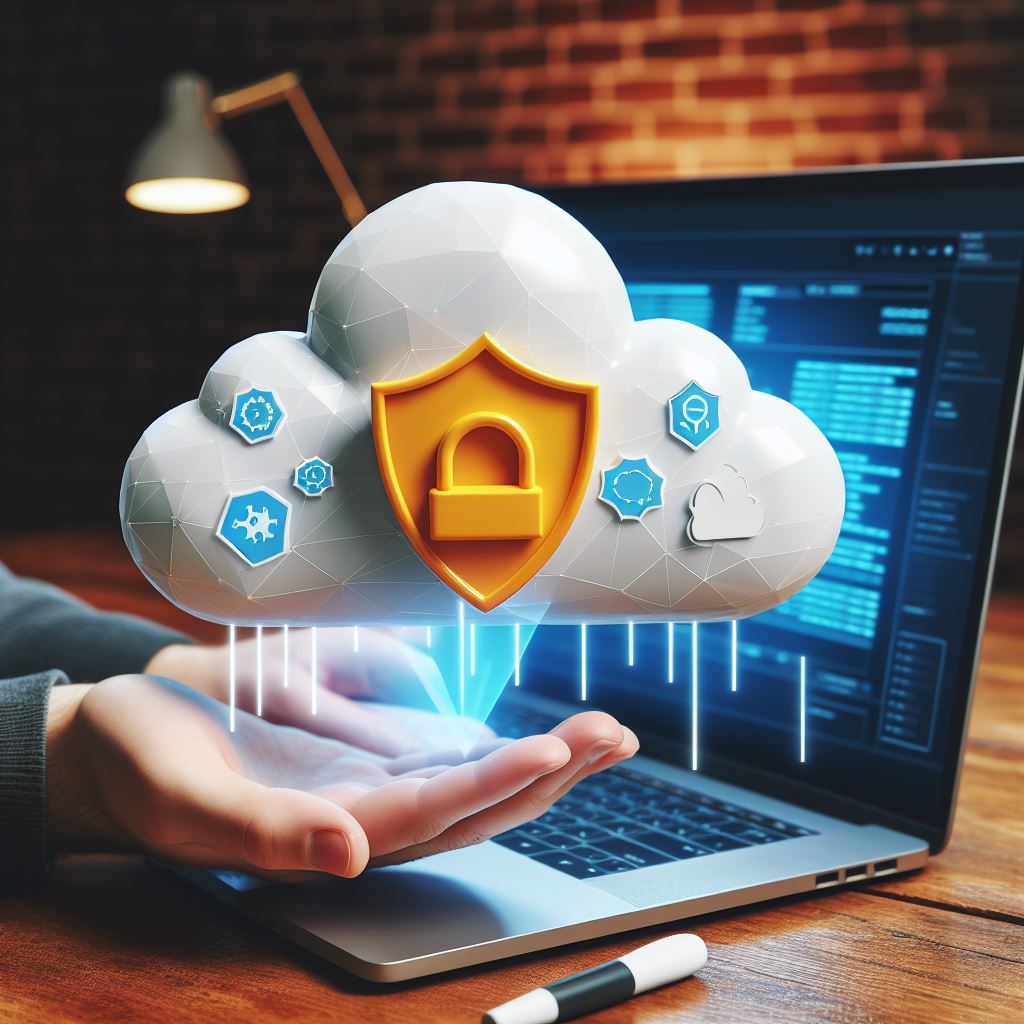About An Overview of Information Technologies
15.02.2025 - Saturday 01:48
About An Overview of Information Technologies
Introduction: The Evolution of Information Technologies
Introduction: Information technology (IT) has revolutionized the way we live, work, and interact. From simple desktop computers to sophisticated cloud services, IT has evolved significantly over the past few decades. This introduction provides a broad understanding of key information technologies, their development, and their impact on society.
1. The Early Days of Computing
1.1 The Birth of Computers
- Early Innovations: In the mid-20th century, computers were large, expensive machines primarily used by governments and universities for complex calculations.
- ENIAC (Electronic Numerical Integrator and Computer): One of the first electronic computers built in the early 1940s. It was used for military computations during World War II.
- EDVAC (Electronics Discrete Variable Automatic Computer): A successor to ENIAC, it introduced binary arithmetic and stored program concepts, which are fundamental to modern computing.
1.2 Programming Languages
- Beginnings of Programming: Early programming was done using machine-specific instructions, making it difficult for different machines.
- FORTRAN (FORmula TRANslater): One of the first high-level programming languages, introduced in the mid-1950s. It allowed programmers to write code closer to human language than machine code.
- COBOL (Common Business-Oriented Language): Designed for business applications and data processing in the 1950s.
2. Personal Computing
2.1 Home Computers
- Apple II: Released in 1977, it was one of the first personal computers to be widely available.
- IBM PC (Personal Computer): Introduced in 1981, it became a standard for home and business use due to its compatibility with software from various companies.
2.2 Mobile Computing
- Laptops and Netbooks: The transition from desktops to portable computers began with the introduction of laptops in the late 1980s.
- Smartphones and Tablets: The rise of smartphones in the early 2000s, particularly with the launch of Apple's iPhone, marked a significant shift. Tablets like the iPad further expanded mobile computing capabilities.
3. Networking and the Internet
3.1 The Birth of the Internet
- ARPANET (Advanced Research Projects Agency Network): Developed by the U.S. Department of Defense in the late 1960s, it was a precursor to the modern internet.
- TCP/IP Protocol Suite: Transmission Control Protocol/Internet Protocol suite, essential for communication between different networks.
3.2 Broadband and Wireless Technologies
- DSL (Digital Subscriber Line): A technology that enables high-speed data transmission over existing phone lines.
- Cable Modems: Used to provide broadband internet access via cable television infrastructure.
- Wi-Fi: A wireless networking technology that allows devices to connect to the internet wirelessly.
- 4G/5G: The fourth and fifth generations of mobile networks, offering faster speeds and more reliable connectivity.
4. Cloud Computing
4.1 What is Cloud Computing?
- Definition: Cloud computing involves delivering computing resources—such as servers, storage, databases, networking, software, and more—over the internet.
- Key Services:
- Infrastructure as a Service (IaaS): Provides virtualized computing resources over the internet.
- Platform as a Service (PaaS): Offers development and deployment environments for applications.
- Software as a Service (SaaS): Delivers software applications over the internet.
4.2 Benefits of Cloud Computing
- Scalability and Flexibility: Easily scale resources up or down based on demand.
- Cost Efficiency: Reduce costs associated with physical infrastructure, lower maintenance, and reduced need for large upfront investments.
5. Artificial Intelligence and Machine Learning
5.1 AI and ML Basics
- AI Definition: A broad field of computer science that focuses on creating intelligent machines capable of performing tasks that typically require human intelligence.
- Machine Learning: A subset of AI focused on developing algorithms that allow systems to learn from data and improve over time.
5.2 Applications of AI/ML
- Healthcare: Used for diagnosis, treatment planning, drug discovery, and personalized medicine.
- Finance: Applied in risk assessment, fraud detection, algorithmic trading, and portfolio management.
- Autonomous Vehicles: Used to enable self-driving cars and drones.
- Customer Service: Chatbots and virtual assistants that provide customer support.
6. Cybersecurity
6.1 Importance of Cybersecurity
- Cyber Threats: Various threats such as viruses, malware, phishing attacks, and ransomware can compromise data and systems.
- Best Practices for Security:
- Regular software updates.
- Strong, unique passwords for different accounts.
- Employee training to recognize and avoid phishing attempts.
6.2 Future Trends in Cybersecurity
- AI in Security: Using AI to detect and respond to threats in real-time, improving security systems' effectiveness.
- Quantum Computing: Potential impact on current encryption methods due to its ability to break traditional encryption algorithms.
Conclusion: The Future of Information Technology
The future of information technology holds exciting possibilities with the integration of advanced technologies like AI, quantum computing, and IoT. By staying informed about these developments, we can better prepare for the challenges and opportunities that lie ahead in our rapidly evolving digital world.
References
- Books: "The Innovators" by Walter Isaacson
- Articles: Various research papers from leading tech journals and publications.
- Websites: Official sites of major IT companies like Google, Microsoft, and IBM.
This detailed overview provides a comprehensive understanding of the key developments in information technology, highlighting their significance and future potential.